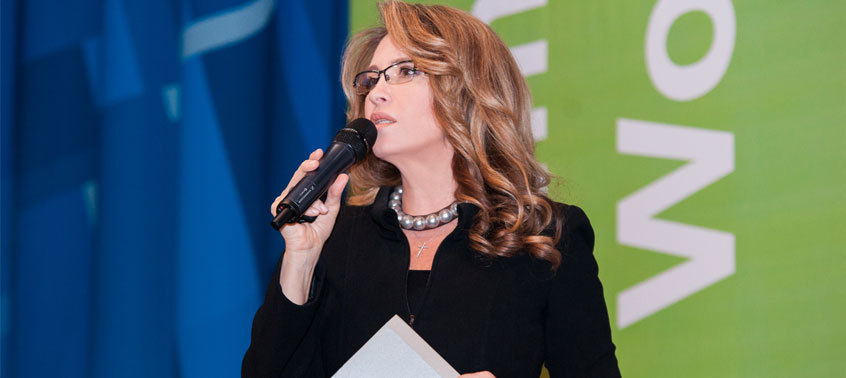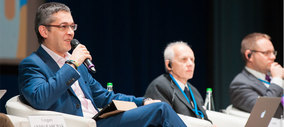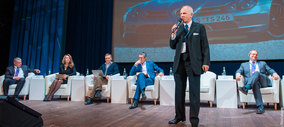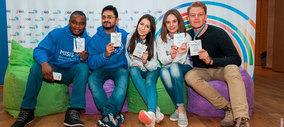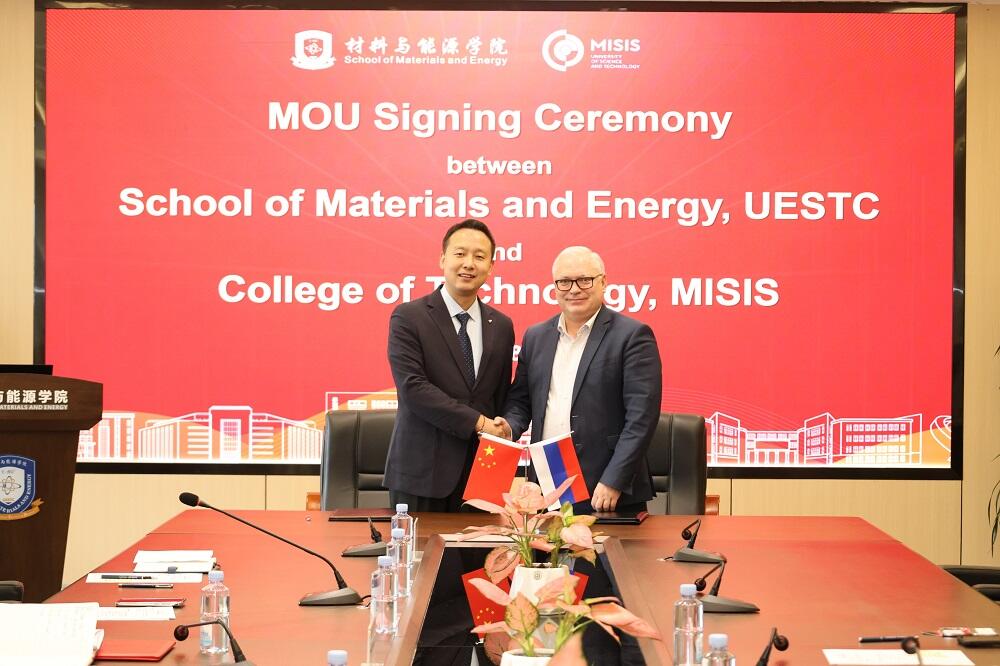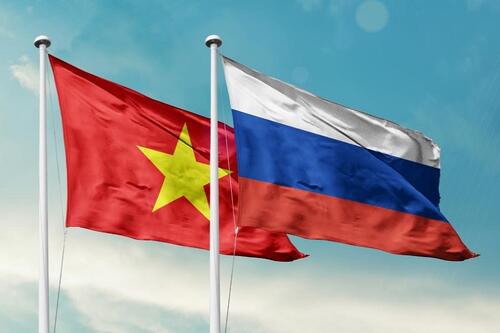Academic Excellence Initiative expert and the 14th Seminar-Conference of the Project
The rankings are blind evaluation tools for universities’ activities and they hold the main danger — simulation of successful cases. Universities should follow the Blue Ocean Strategy, seek their niche, create new markets and not emulate the educational leaders like Harvard or Oxford.
“The main strategy should be to develop a vision of where do you want to be leader, and then to look at the factors that will allow you to be a leader, which are combination of several elements: good vision of where you want to go, appropriate resources, the excellence initiative, the
5-100 Project is giving you and concentration of talent making sure that you bringing not only more experienced researchers, but also young promising researchers and you give them the right incentives to develop their research”, — mused Jamil Salmi, global tertiary education expert.
For decades Russian universities built a strong education system which holds a strategic and competitive advantage in hard sciences such as physics, chemistry and engineering. “Russian universities are more specific subject level expertise and I think that doesn’t allow universities to make more rapid progress because they could focus they resources, they could their attention on some narrow fields expertise which I think allows to make a quicker impact, so in that is a great advantage. One of the competitive advantages of NUST MISIS is the structure of the university in terms of being very more narrowly focused”, noted Phil Baty, Editor of the Times Higher Education World University Rankings.
NUST MISIS has chosen materials science field as its breakthrough strategy. This is one of the developing, promising, popular and at the same time sophisticated research areas. New laboratories were established as a result of open international competitions, each led by a world-leading scientist known for his or her achievements in a certain scientific field.
The NUST MISIS and Cambridge University joint project (Touchstone@misis) helps students to improve their English language skills; the university comprises the only FabLab in Russia certified by MIT; its scientists collaborate with international scientists in joint projects; and in frames of the project-oriented approach the university cooperates with the leading Russian and international business organizations. All these activities prove that NUST MISIS develops not only highly-specialized materials science field, but builds centers of excellence which work on its progress.
“Universities like NUST MISIS are well-known internationally, people are aware of the opportunities, they are more visible in Times Higher Education website, and it has been in publications, but before I translate to ranking success it does take some time to improve publication outputs, to improve reputation”, said Phil Baty, Editor of the Times Higher Education World University Rankings.
NUST MISIS as a host party has presented its best practices, which include the Laboratory for Inorganic Nanomaterials headed by Professor Dmitri Goldberg and the Laboratory for the Modeling and Development of New Materials, led by Professor Igor Abrikosov. The laboratories engaged in materials science develop new materials and present a theoretical justification, thus representing the combination of theory and practice. This approach allowed the university to reach new qualitative heights both in research and publications.
“Systemic and well-coordinated work of the whole team, right strategy, modification of the organizational structure, strengthening of the traditional areas (materials science, metallurgy, mining), opening of new research laboratories and scientific centers, attracting world-renowned scientists and motivated students — this is our formula for success”, said Alevtina Chernikova, Rector of NUST MISIS.
